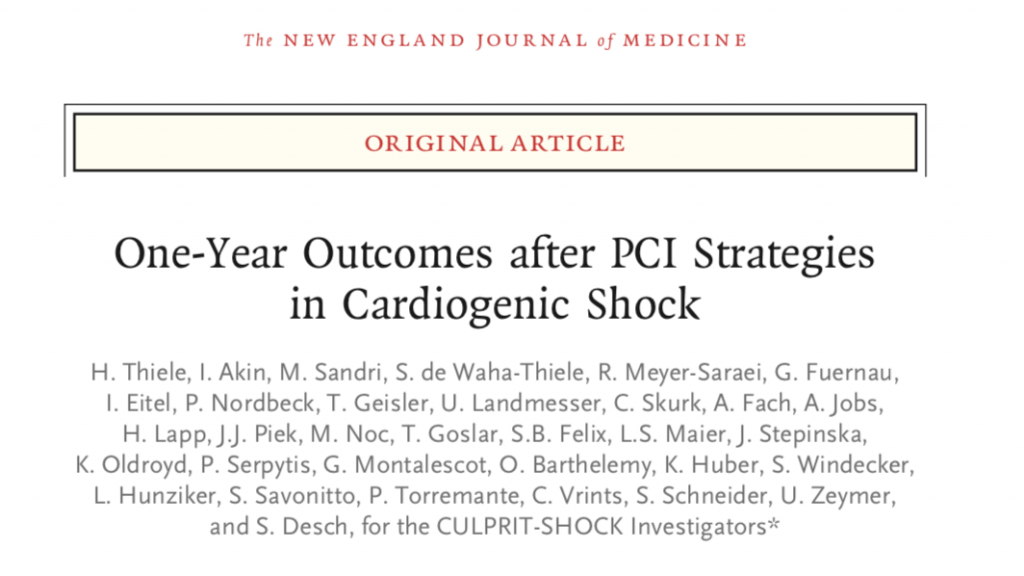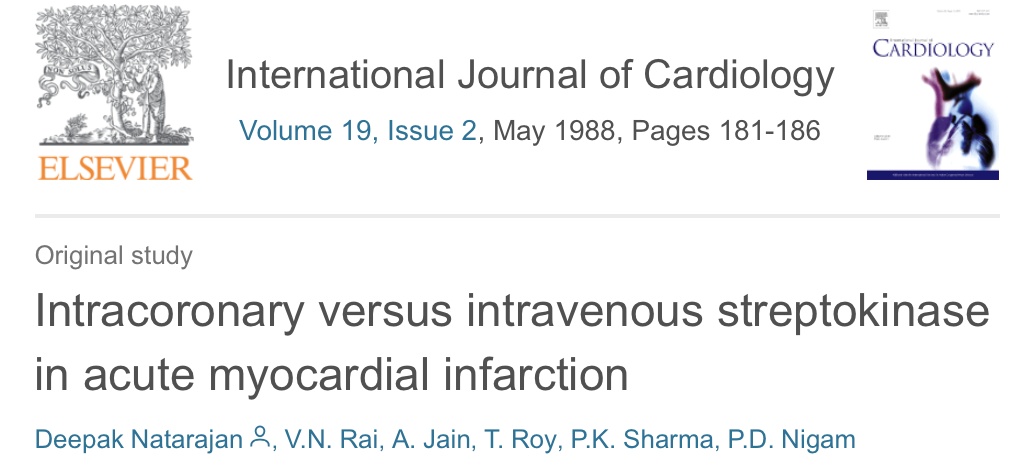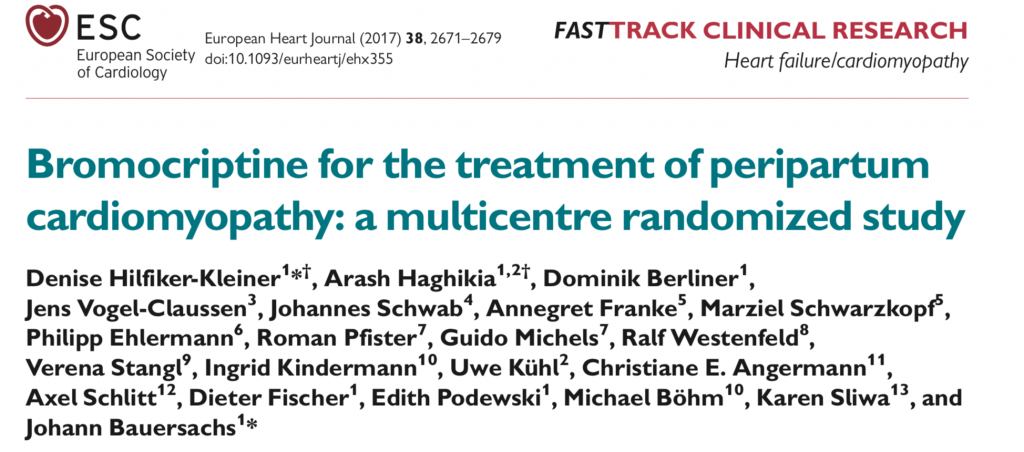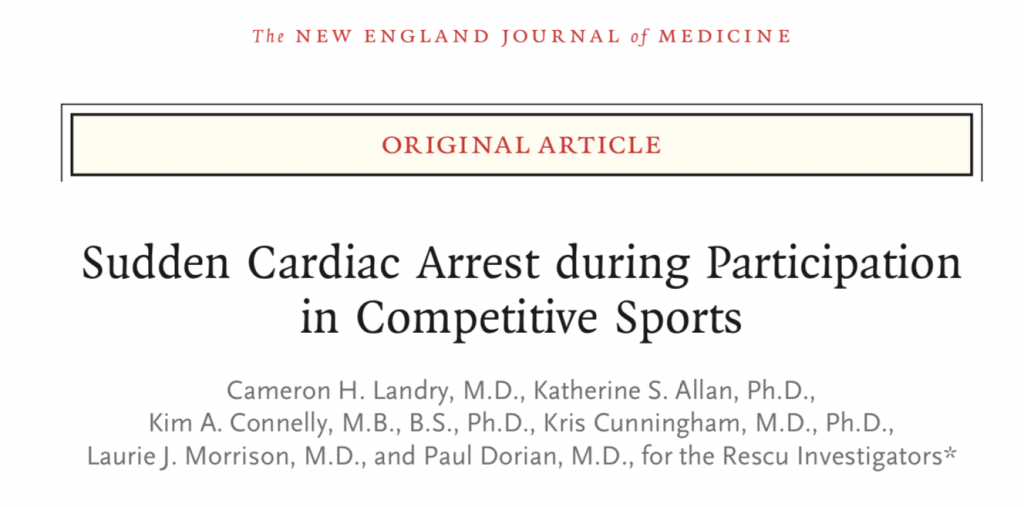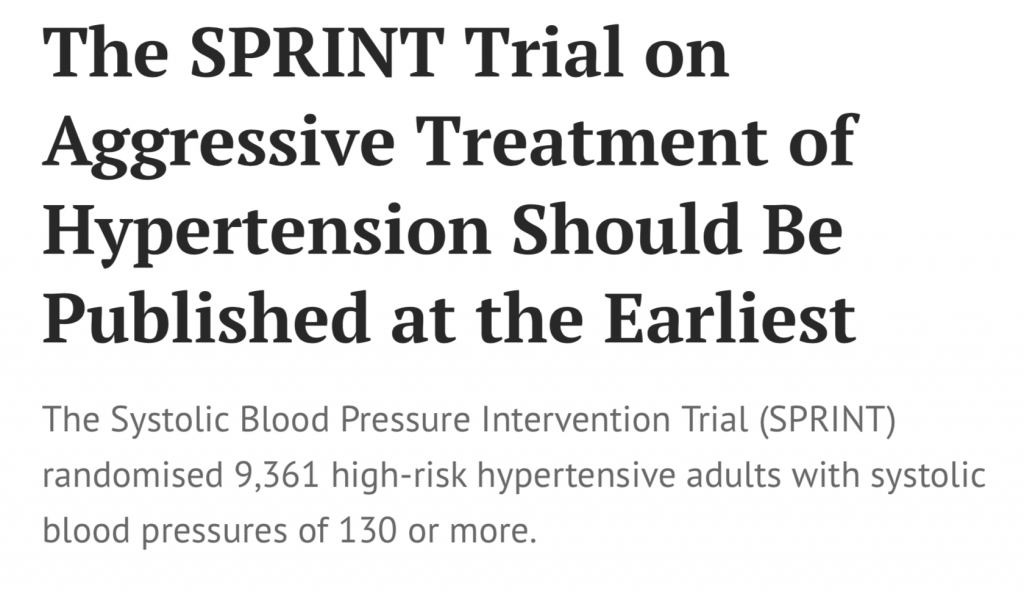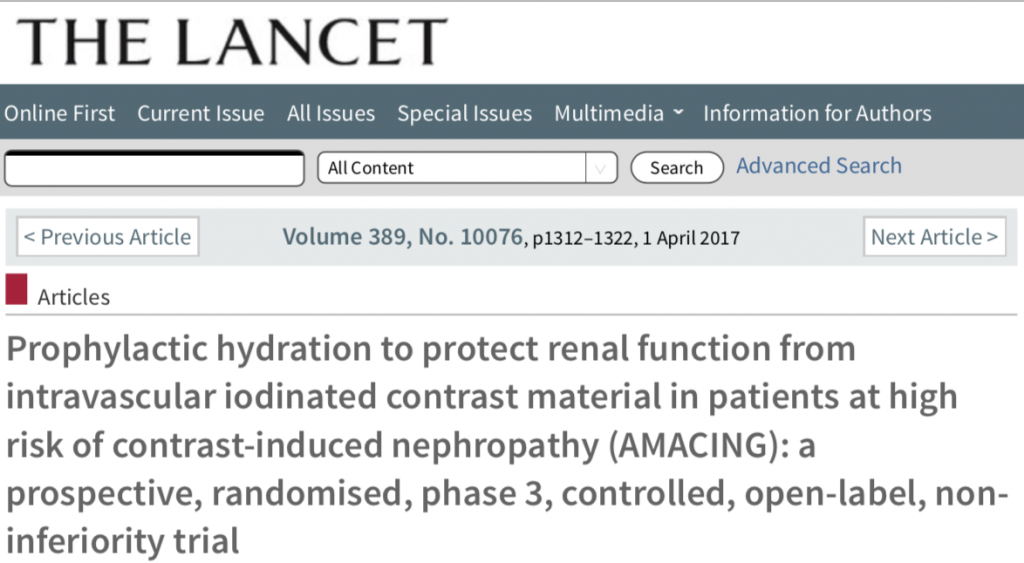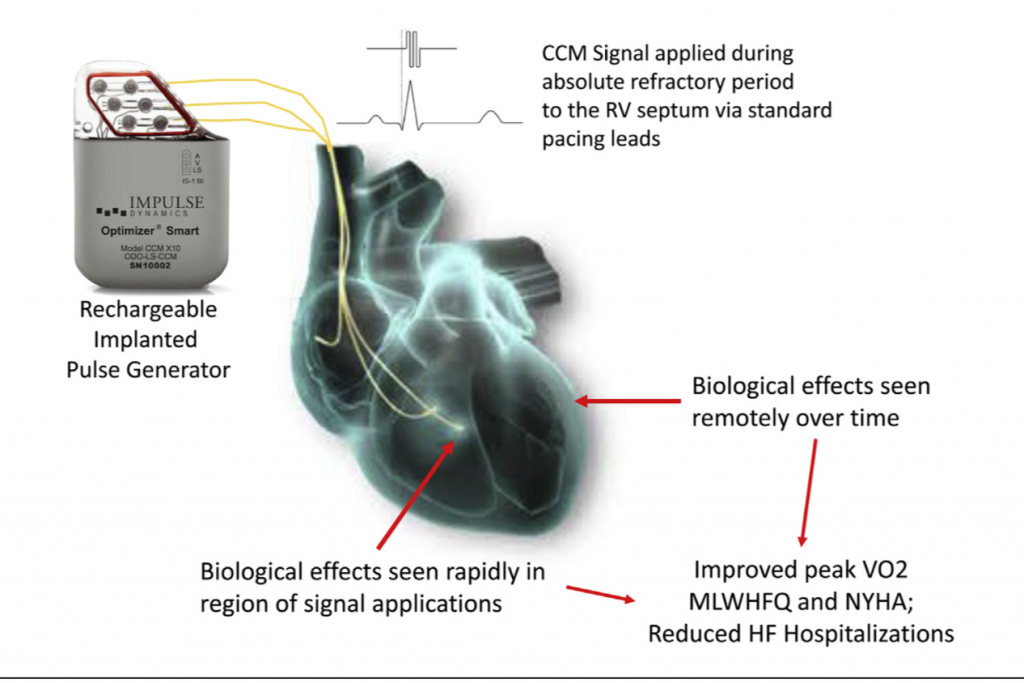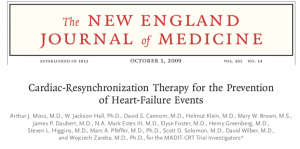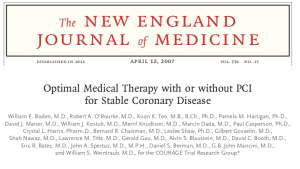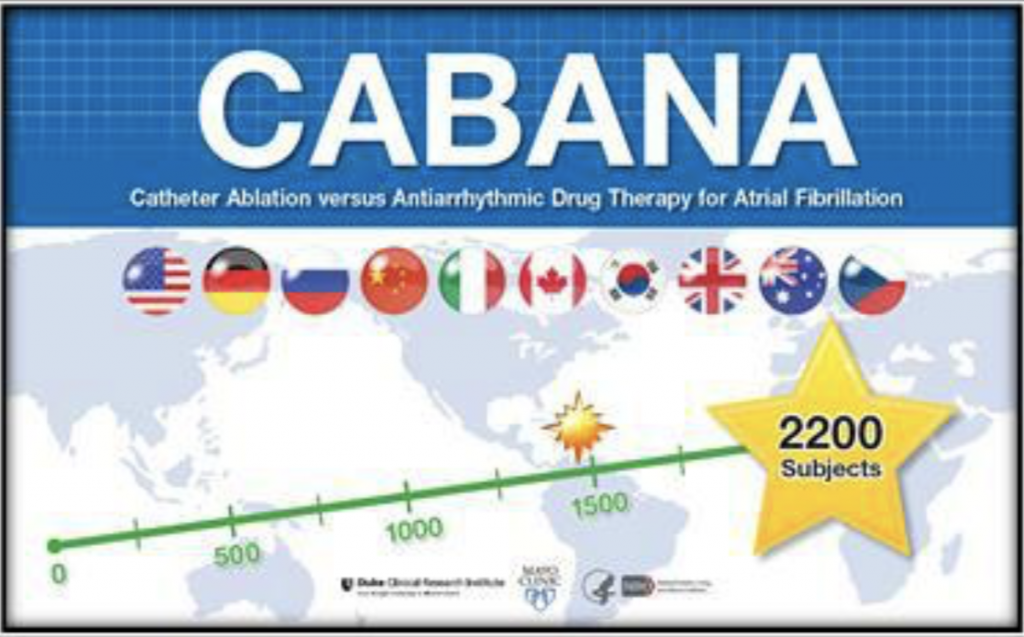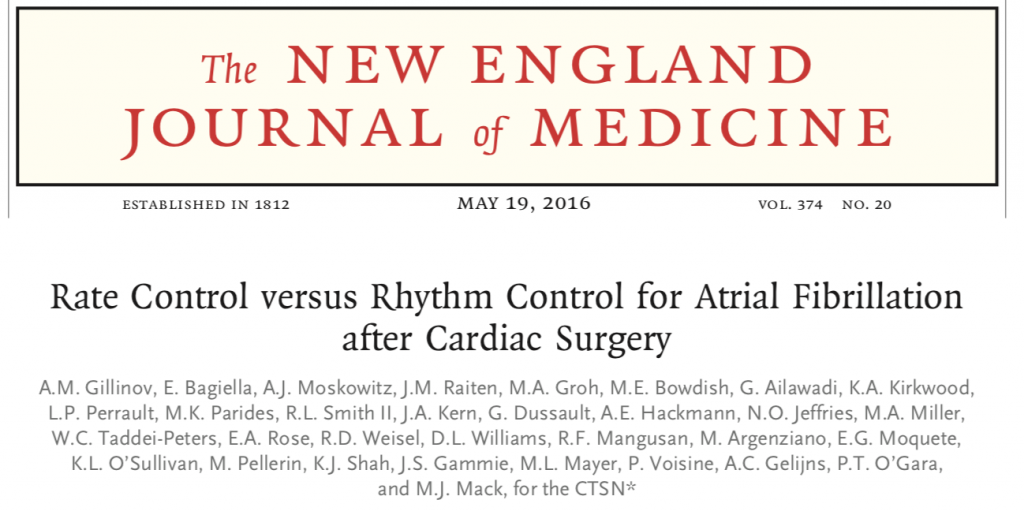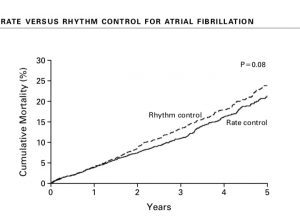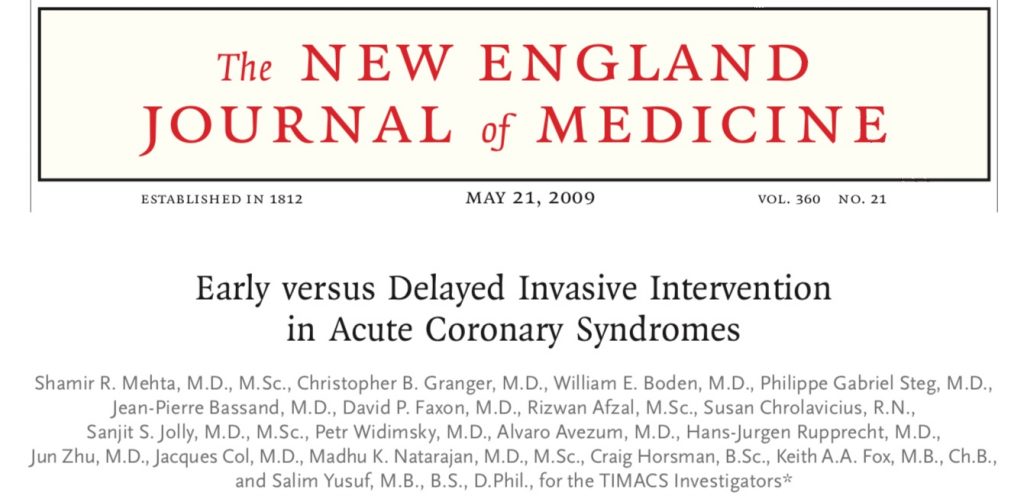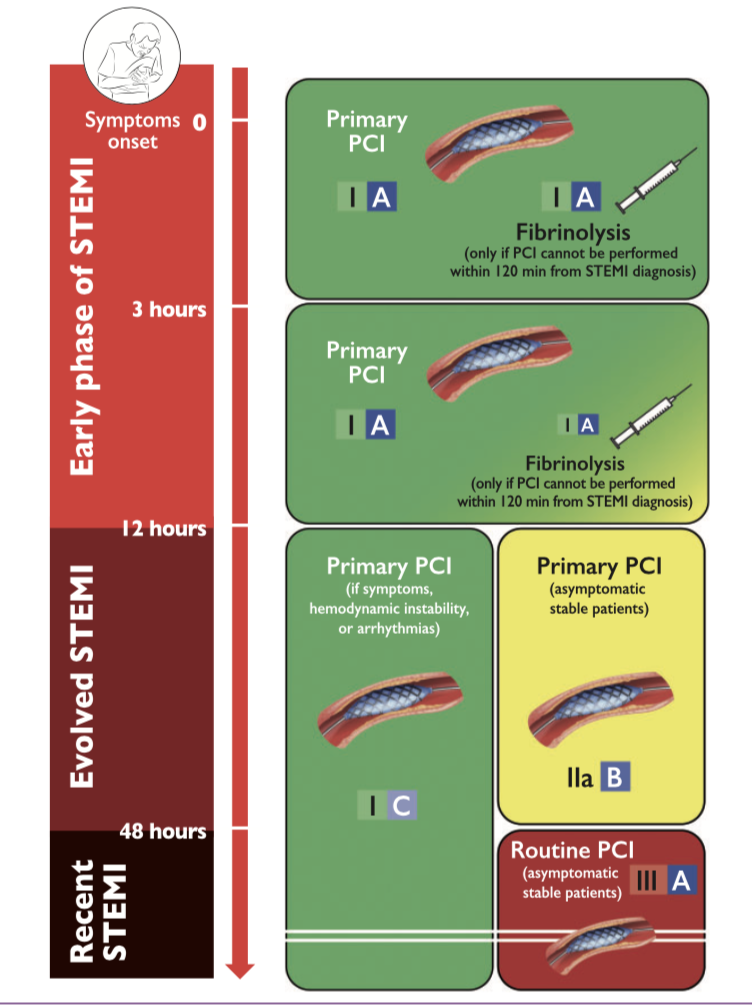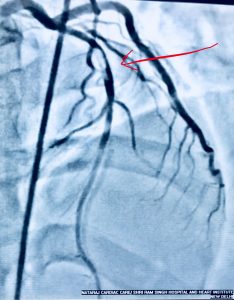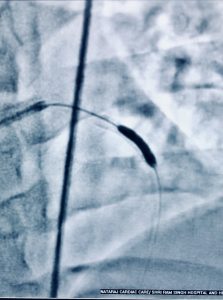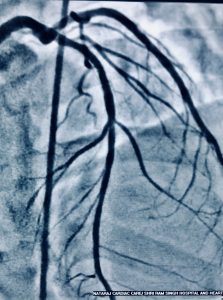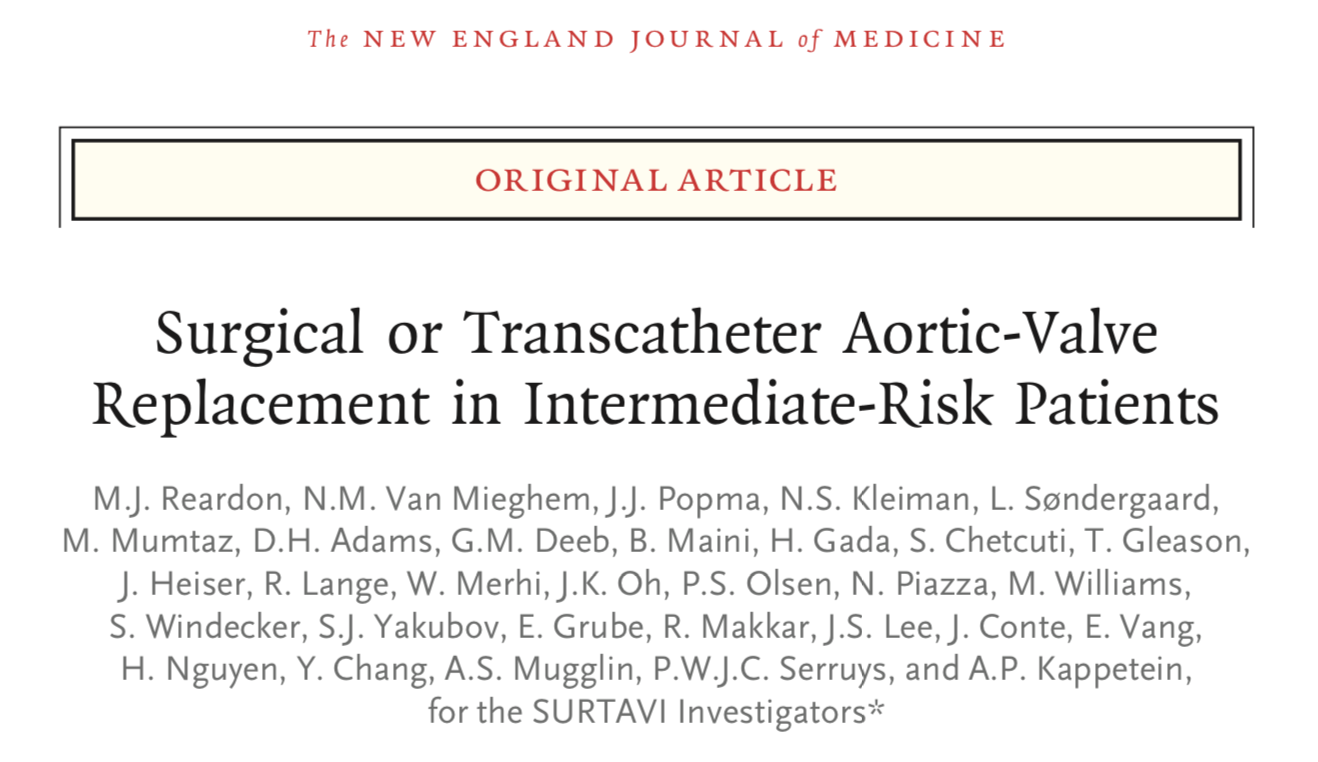
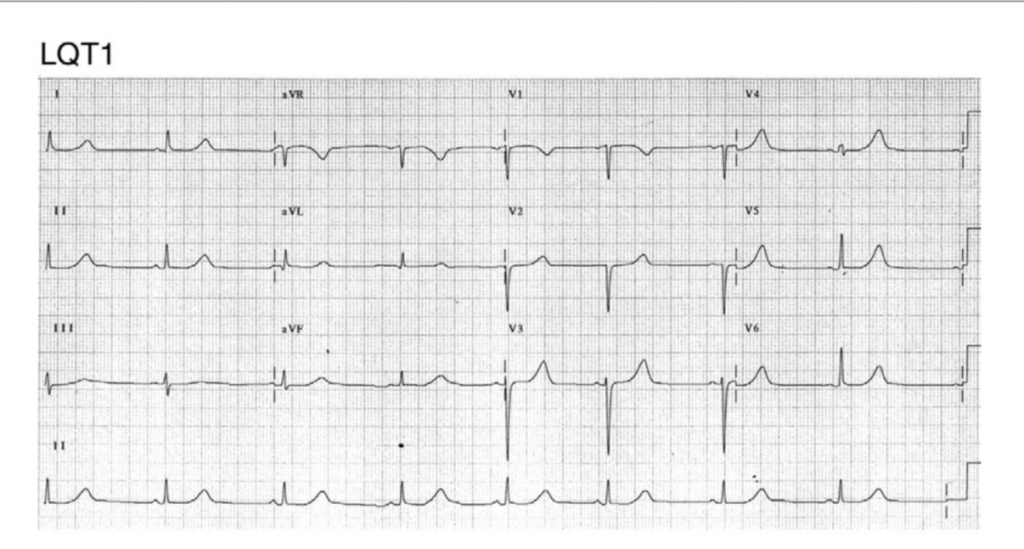
There is little data backing advice regarding congenital long QT syndrome (LQTS) and competitive sports. LQTS is a channelopathy characterised by abnormal QT interval prolongation on the ECG. LQTS defined by an abnormally prolonged QT interval (corrected QT interval >440 ms in men and >460 ms in women) with or without morphological abnormalities of T waves is a common cause of cardiac arrest. The prolonged QT interval due to decreased outward potassium currents or increased inward sodium currents predisposes to early after depolarizations and torsade de pointes ventricular tachycardia (VT). LQTS affects one in 2000 individuals. The annual rate of sudden cardiac death (SCD) is estimated to be between 0.33% and 0.9%, while the rate of syncope is 5%.
Twelve different genes are involved in inherited LQTS. The first 3 ; LQTS 1, LQTS 2, LQTS 3 account for > 90% of genotyped cases. Symptoms of seizure, syncope , or cardiac arrest usually appear at mean age of 12 years. Patients with LQTS 1 usually have symptoms with physical exercise and especially with swimming. Diving into water triggers the sympathetic system , while hitting cold water triggers the parasympathetic system due to apnea. The LQTS 3 is quite different in that VT is triggered while asleep or during rest. Emotional stress or ringing of a bell triggers VT in the LQTS 2 cohort. A corrected QT interval > 500 ms poses a high risk for a cardiac event. Beta blockers are indicated for all patients with syncope and also for asymptomatic with significant QT prolongation. Beta blockers are very effective in LQTS 1. The role of beta blockers in LQTS 3 is still not established, but symptomatic patients should receive beta blockers. Implantable cardioverter-defibrillator is indicated for secondary prevention of cardiac arrest and for patients with syncope despite beta blocker treatment.
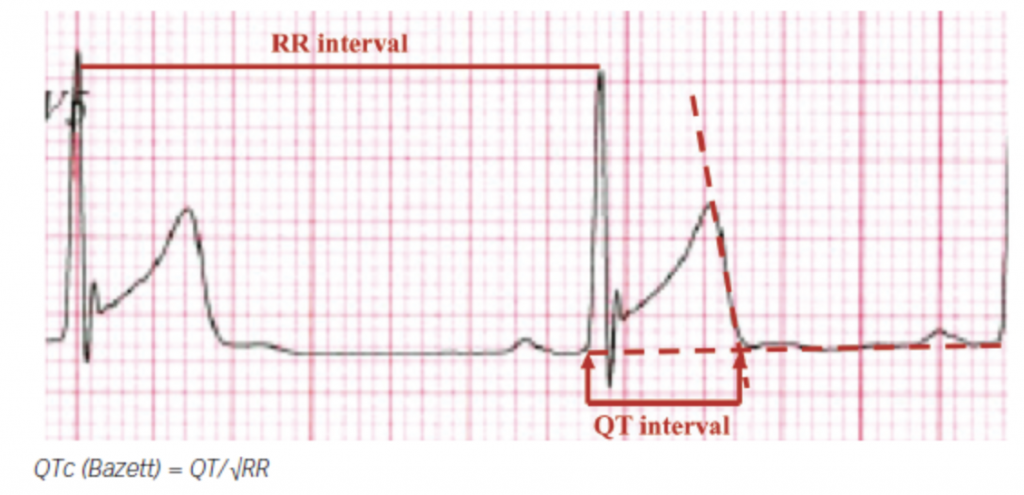
It should be borne in mind that the QT interval is longer in athletes than in non athletes because of the lower heart rate connected with training. But the corrected QT interval remains in the normal range albeit towards the upper limit. Corrected QT interval must be measured manually from the beginning of the QRS complex to the end of the T wave. The end of the T wave is defined as point where a tangent line to the steepest part of the descending portion of the T wave intercepts the isoelectric line. The QT interval is best measured in lead II or V5.
